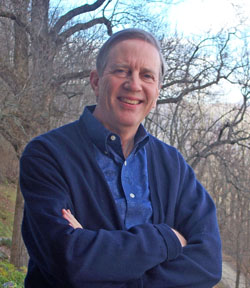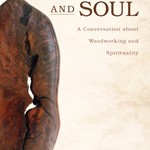While on a visit in Minnesota with my daughter Elaine’s family, I spied a book on her dining room sideboard. It was Quiet: The Power of Introverts in a World that Can’t Stop Talking, by Susan Cain. I started paging around in it and, like the introverts she describes, soon found myself immersed in its reflections on the psychological and social worlds of people who are reflective, task-oriented, small-group focused, and cooperative in their social strategies—like me (primarily) or like people who read long blogs rather than Twitter feeds.
Cain lifts up voluminous research showing that our tendency to be “inner-directed” or “outer-directed” (to use David Riesman’s terms from the 50s) is rooted in how our brain, namely our amygdala “lizard brain,” processes stimulation. Introverts function best with a more limited volume of inputs, extroverts require a large volume of inputs to feel alive. No wonder I flee from noisy restaurants! This is the biological basis for the personality trait we call introversion or extroversion.
However, how we develop this trait or disposition can take many forms. It usually finds expression in typical occupations. Introverts, of course, go into research, writing (natch!), and counseling, but they may also be concert musicians and performers, since both activities require immense amounts of solitary preparation. Morever, introverts can practice being more extroverted, learning how to give talks in Toastmasters groups or sermons to a congregation through homiletics courses. If they do, then they need to program in plenty of quiet time to recover.
While her focus is on introverts, who she feels are overlooked in our extremely extroverted culture, she also attends to ways the extroverts can come to appreciate the need for “down time,” transcendental meditation, and cooperative small group work. In doing so they can avoid the pitfalls of excessive exuberance, which contributed so much to our current economic catastrophes, or the arrogance that led American leaders into the Iraq invasion.
There is much more in the book to interest anyone who has struggled with what our culture disdains as shyness, inferiority complex, or simple weakness. But what caught my immediate interest is how much our classic spiritual virtues—humility, patience, self-denial, prayer, and cultivation of inner character—are introvert values created by introverts themselves. Little wonder that they contain such a critique of “the World” and its quest for power, fame, and domination. One is almost left with the question whether extroverts can being loving, thoughtful, and faithful. Certainly, our public religious world is awash with extroverted charismatic preachers, teachers, and organizers, but the core values of Jesus, St. Francis, or Mother Theresa are introvert values.
At the same time as I was reading through Quiet I received the proofs for my book with John de Gruchy about Sawdust and Soul. Here, too, I saw how much of my own struggle has been to balance the demands of extroverted public life with the call to quiet artisanry, even in the midst of the loud machines with which I work in the shop. I guess that’s why I don’t play and music or radio shows on top of it! I find a kinship with Ms. Cain in seeking to carve out a proper space for my own more introverted temperament, but I also have felt that we all need a balance. Our biology puts us where we are on the spectrum, and it is good to know what our basic inclinations are, but then we need to explore the other reaches of our personality as well as the social fields where one or another trait needs to be acted out. In the end, though, we need to find ways to get back to the spring of our vitality, whether it is to “curl up with a good book,” as she says, or to get together with our favorite thirty friends for an evening of idle conversation.
I hope you’ll read Sawdust and Soul when it comes out in a few months, and then talk about it with your favorite thirty friends. Meanwhile, I’ve got to get back to work on my book about Mining Memories in Cyprus. Introverts need those solitary projects…







 Red Clay, Blood River
Red Clay, Blood River
Perhaps, Bill, there’s an introvert inside every extrovert, and vice versa, a dialectic continuously waiting to emerge!
What an insightful analysis by Ms. Cain. Thanks for the serendipity of passing it along.